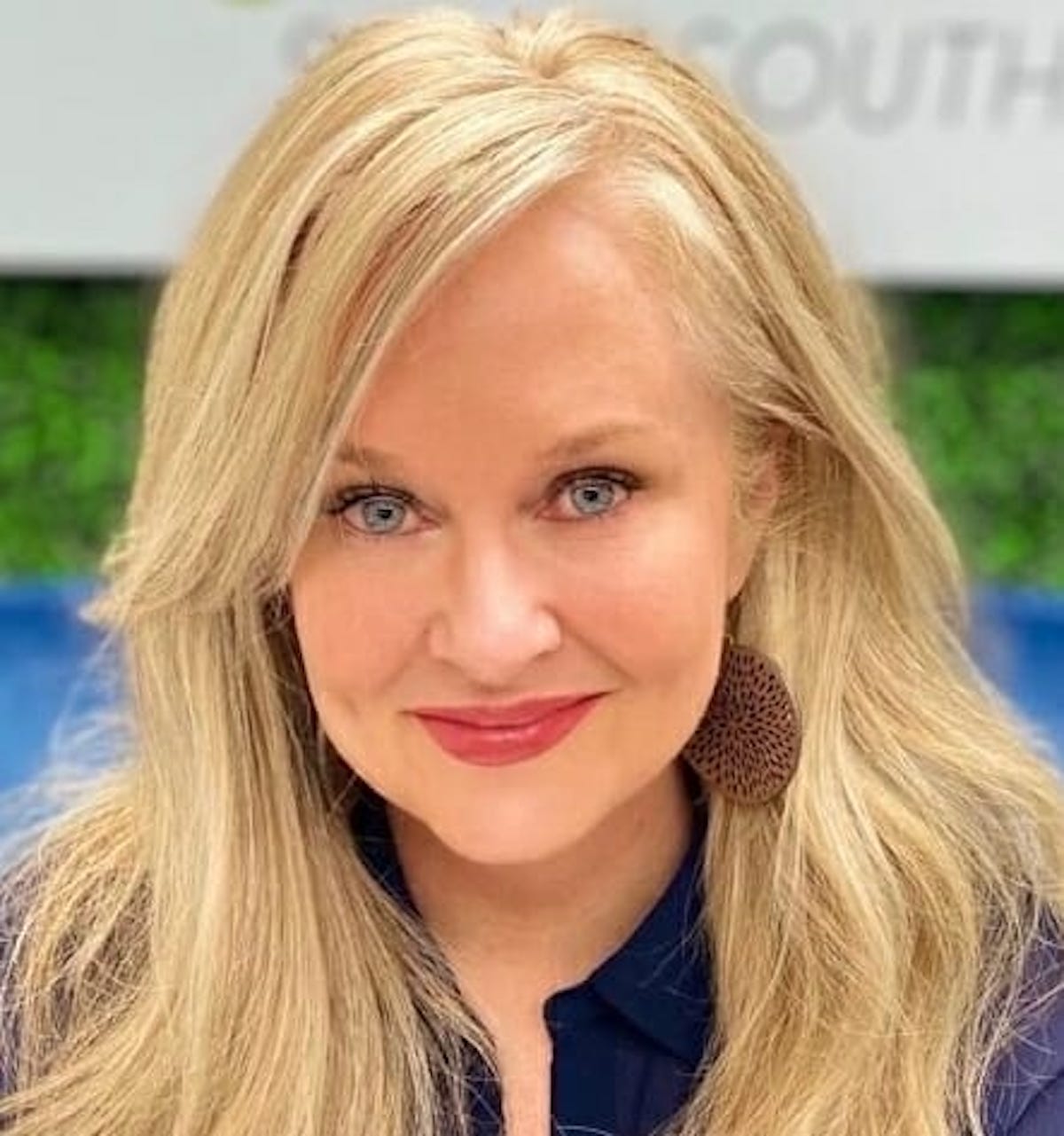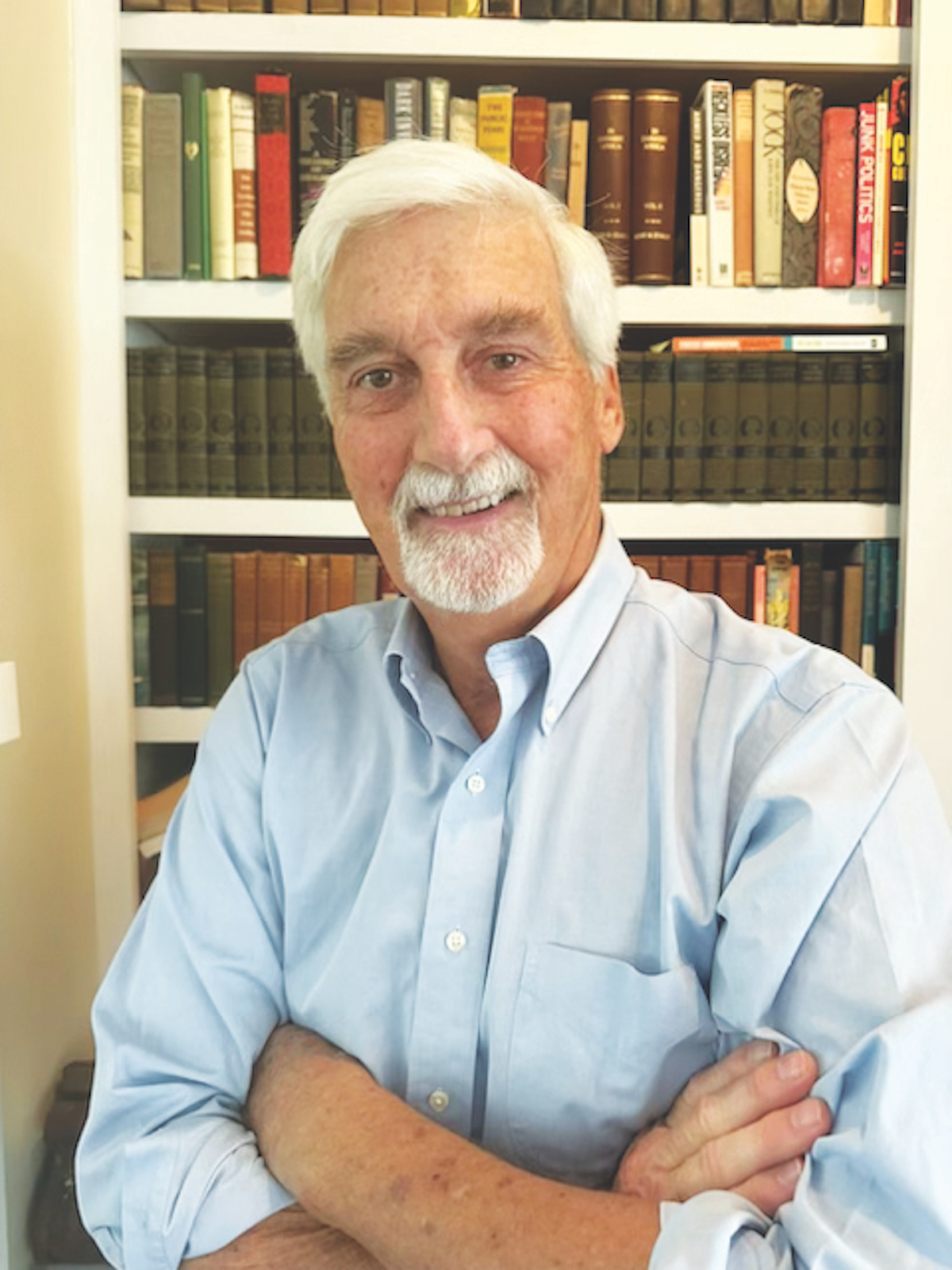By Danette Vernon
Monsanto sounds like a character out of an old Western you might have missed, or maybe a new item on a Mexican menu, but it’s not. It’s who owns your food, and therefore who owns your insides. After all, you are what you eat.
So who is this newcomer to the table, the creator of so much of what you eat? And why, if they serve up so much of your food, haven’t you ever seen their name on any food packaging or on any restaurant menu?
Because they didn’t start out owning much of what you consume, they came into existence as a chemical company.
Monsanto is the name of a company that has been around since 1901. They began by making saccharin, aspirin, and caffeine, etc., and then in later years moved on to being the producer of such chemicals as Agent Orange, as well as the weed-killer, Round-Up. In addition, a 2008 issue of Vanity Fair reports that, “for many years Monsanto produced two of the most toxic substances ever known — polychlorinated biphenyls, better known as PCBs, and dioxin,” and failed to dispose of the them properly. Therefore, Monsanto may be at some point held responsible for more than 50 Environmental Protection Agency Superfund sites. Being potentially responsible means that Monsanto left behind toxic waste of the worst kind, in unlined landfills, rivers and soil, with lives and communities ruined.
To be fair, they also created the synthetic fibers that are the foundation for Astroturf, and the safety glass that the U.S. Constitution and the Mona Lisa stand behind.
In subsequent restructurings, largely in the 1990’s, Monsanto moved away from its origins as a chemical company, and began to call itself an agricultural company. They changed course after Monsanto became the first to discover how to modify a plant cell in 1982, before then no genetically modified crops were grown in the USA. In the 30 years since, Monsanto has become the world leader in the genetic modification of seeds, and so far the company has produced Genetically Modified (or G.M. for short) seeds for soybeans, corn, canola and cotton, with more to come.
Some people call the food that Monsanto creates “Franken food,” but aren’t Monsanto’s methods of infusing the seeds you eat with chemicals just modern trends we need to feed the world and assuage the food shortage we’re facing?
Tristan Stuart is the 2011 winner of the international environmental award, The Sophie Prize. He is also the creator of the movement “Feeding the 5,000,” wherein 5,000 people are fed lunch using only foodstuffs that would have otherwise been thrown away. Are these people eating food that is just too near its “toss-out date” to sell? Not necessarily. At times, the food that is generally thrown away in our country, and in most others countries that you can name, is the unappealing or oddly shaped vegetable or fruit, or simply a potato that is the wrong size. Tristan purports that we are “hemorrhaging food” in Western nations. He contends that we, and most industrialized countries, have available to us, at least two times as much food as we can possibly eat. We simply waste what is grown for us.
So what do those who plant and harvest Monsanto’s seeds, the farmers, have to say about Monsanto? Is it a godsend or the devil in a blue dress?
To be continued.
A Moment of Wellness with Danette: Therapeutic Solutions: Offering a unique approach to your active health care needs using a variety of healing modalities, nutritional and wellness coaching to empower you to a new state of health and well-being. 73 Sams Point Road, 524-2554.






